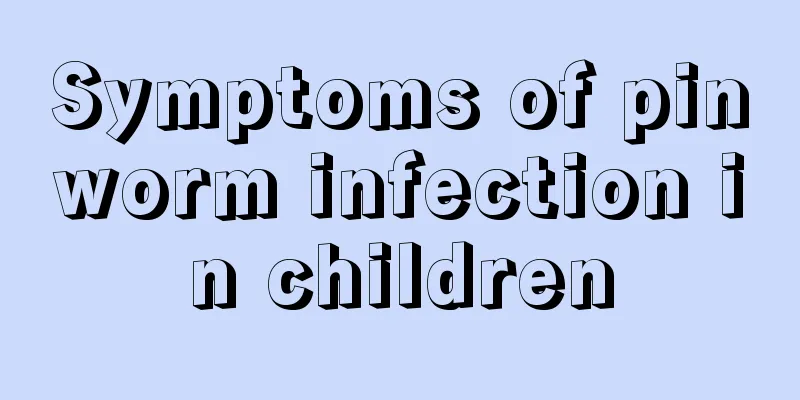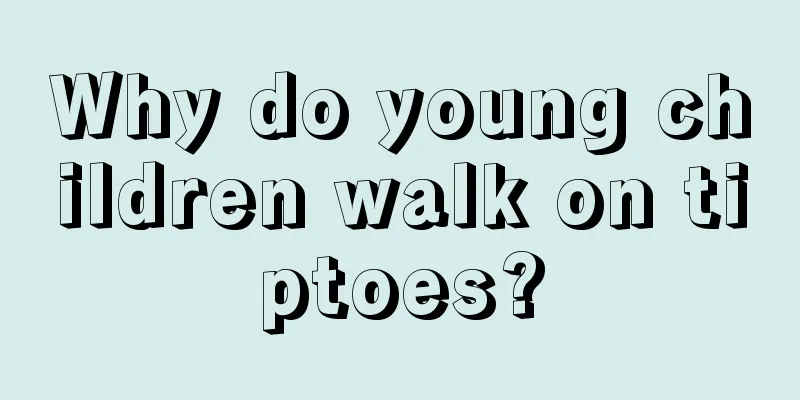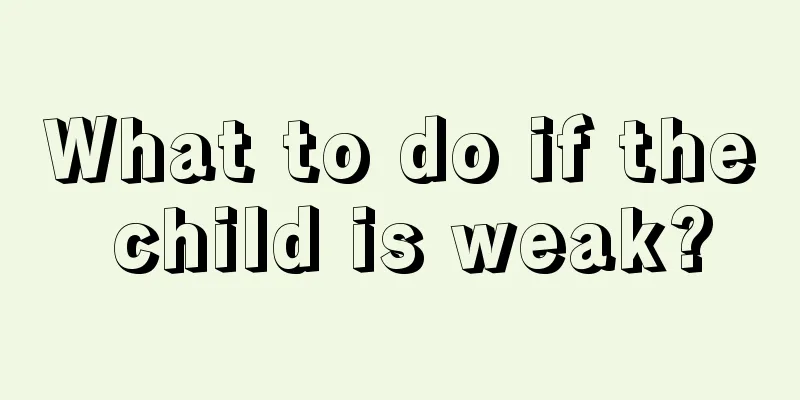Symptoms of motor delay

|
Motor retardation is a phenomenon that many children experience, also known as psychomotor retardation. It usually manifests itself in body weakness and reduced spontaneous movements, as well as slow reflexes and no response to being called, with obvious symptoms of intellectual disability. 1. Motor development retardation in children is also called psychomotor development retardation. It manifests as motor development backwardness compared to normal babies, for example, the baby cannot hold the head upright at 3 months old, still cannot turn over at 6 months old, and cannot grab things with his hands. If obvious movement abnormalities appear in infancy, such as stiffness of the limbs, inability to move a limb, or motor developmental delay that does not improve significantly in early childhood, lifelong movement abnormalities may exist. What are the specific clinical manifestations of motor developmental delay? Let’s take a look together. 2. Body weakness and decreased spontaneous movements are symptoms of hypotonia and can be seen in one month. If it lasts for more than 4 months, attention should be paid to the occurrence of severe brain damage, mental retardation or muscle system disease. 3. Slow reaction and no response when called are early signs of mental retardation. Head instability: If a 4-month-old baby cannot lift his head or hold his head upright when sitting, it is often an important sign of brain damage. 4. Stiffness of the body: This is a symptom of hypertonia and can be seen in one month. If it lasts for more than 4 months, attention should be paid to the occurrence of cerebral palsy. Not smiling: If a child cannot smile at 2 months or laugh out loud at 4 months, you should pay attention to the occurrence of mental retardation. 5. Abnormal head circumference: Head circumference is an objective indicator of the morphological development of the brain. Children with brain damage often have abnormal head circumference. Poor weight gain and inability to breastfeed. Body torsion: If a baby aged 3-4 months has body torsion, it often indicates extrapyramidal system damage. 6. Fixed posture. It is often caused by abnormal muscle tone due to brain damage, such as opisthotonos, frog position, and inverted U-shaped posture. Strabismus: Strabismus and poor eye movements in infants aged 3-4 months may indicate the presence of brain damage. 7. Make a fist. If the hand cannot be opened or the thumb cannot be adducted at 4 months old, especially if this happens on one upper limb, it has important diagnostic significance and one should pay attention to the occurrence of favoritism. Unable to reach out and grasp objects: If the baby is unable to reach out and grasp objects at 4-5 months old, pay attention to the possibility of mental retardation or cerebral palsy. |
<<: What should I do if my child has swollen and painful gums?
>>: Symptoms of delayed physical development in infants
Recommend
What to do if your child swallows gum
Chewing gum is a snack that many people like to e...
The significance of blood sampling from the soles of newborn babies
When many babies are born, the hospital will draw...
What to do if your child has a fever
When the seasons change, are children prone to ca...
How to repair children's scars
Children’s liveliness and cuteness make everyone ...
Where are the acupuncture points for reducing fever in children?
Western medicine treatment methods are simple and...
Children's abdominal B-ultrasound lymph node enlargement
Swollen lymph nodes in the abdomen is a very comm...
What should I do if a one year and three month old child has a fever?
Children often suffer from various symptoms when ...
What to do if your baby vomits during breastfeeding
Sometimes, during the breastfeeding period, impro...
What are the symptoms of calcium deficiency in children?
The human body contains more than 60 elements, in...
There is clear mucus in the female baby's lower body
The organs of a baby girl are not fully developed...
What are the symptoms of congenital heart disease in newborns?
Congenital heart disease is a disease that childr...
Why do children love to drink water?
Many mothers will find that their children have s...
What are the benefits of skipping rope for children?
For every child, skipping rope is a sport that ev...
What to do if your full-month baby gets angry
After the baby is one month old, he will be like ...
What should I do if my newborn baby has blue eyes?
For every family, they want their newborn to be h...









